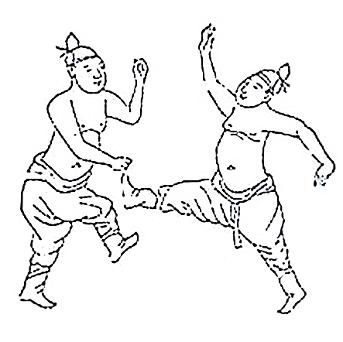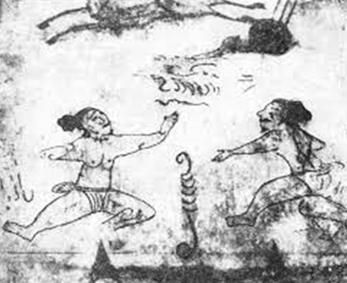Our History
Following 1945 Korean independence, the Korean martial arts were again merged and flourished throughout the entire Korean Peninsula. Many organizations were founded with various names such as Soo Bahk Do, Tang Soo Do, Tae Soo Do and so on. At the beginning of the modern era of the Korean martial arts, Tang Soo Do was the most popular term for these arts, however, at that time, the Korean political leader was concerned about establishing Korean value based on Korean nationalism.
The political leaders recognized the popularity of Korean martial arts around the world, but were opposed to the use of the name Tang Soo Do for the art, as it sounded like a Chinese martial art, because the first word "Tang" could be interpreted as representing the Chinese Tang Dynasty (617-907 AD). In 1964, a government sponsored small group created a new name for the Korean martial arts: Tae Kwon Do. The World Tang Soo Do Association still respects the original term, Tang Soo Do, and intends to preserve its heritage and value as a traditional way or path.





